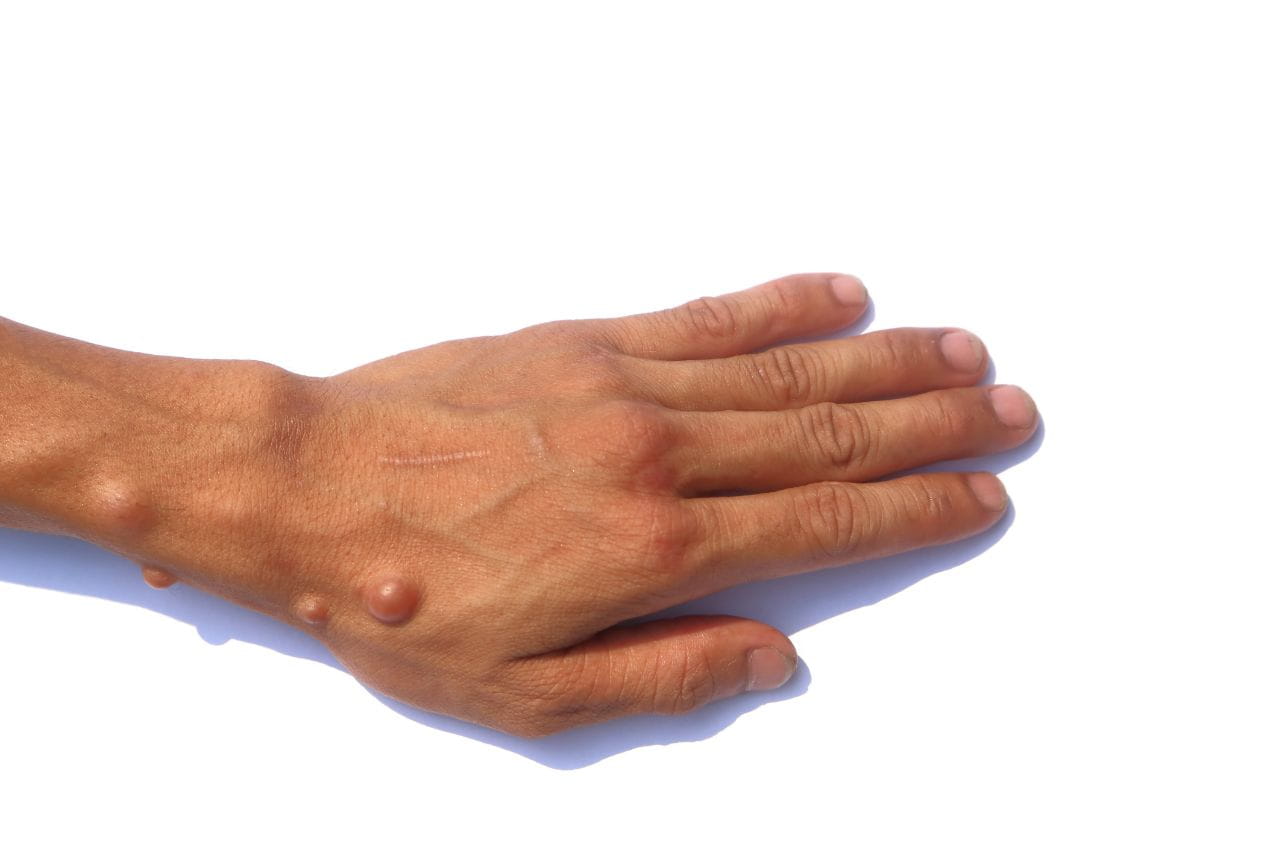What Is Stroke-Level Blood Pressure?
.jpg?rev=a2c0c24d3f8d439d8567c15c3066b3da)
This content was reviewed and approved by Amy Porter, MSN, RN, SCR
Normal blood pressure is below 120/80 mm Hg. Any pressure above that is considered hypertension or high blood pressure. Hypertension can damage the walls of arteries in the brain, increasing the risk of a clot forming or an artery rupturing and a stroke occurring.
However, stroke risk is assessed in stages of increasing blood pressure, reaching what’s called a hypertensive crisis or stroke-level blood pressure.
This article addresses stroke-level blood pressure, explaining what it is, its symptoms and what to do if you or someone you’re with develops it.
Stroke-Level Blood Pressure (180/120 or Above) Is a Medical Emergency
A hypertensive crisis occurs if blood pressure reaches 180/120 mm Hg. It is a life-threatening emergency that requires immediate medical attention. If you or someone with you develops blood pressure at or above that level, you should call 911.
The reason blood pressure that high is so dangerous is that it greatly increases your risk of suffering a stroke. A stroke occurs when a blood vessel in the brain is blocked, depriving an area of blood flow or bursts, with the same effect, plus potentially creating damaging pressure within the skull.
Stroke-Level Blood Pressure Symptoms
When someone is in a hypertensive crisis, they may experience these symptoms:
- Chest pain
- Severe headache
- Vision changes
- Confusion
- Dizziness
- Nosebleed
- Shortness of breath
- Nausea and vomiting
- Seizures
- Unresponsiveness
- Severe anxiety
In addition to greatly increasing stroke risk, stroke-level blood pressure can cause other severe medical problems, including a heart attack, eye damage, kidney damage, fluid accumulation in the lungs and aortic tear.
Rapid Treatment Is Critical When a Stroke Happens
Strokes can very quickly cause permanent brain damage. The good news is that emergency room teams have methods for treating stroke that can break up blood clots, relieve the pressure on brain tissue and prevent or limit damage.
The key is recognizing that a stroke is underway and getting immediate medical attention. The test for determining if someone is having a stroke goes by the acronym BEFAST:
- Balance: Ask the person if they are feeling dizzy or unsteady. Watch for any sudden loss of balance or coordination.
- Eyes: Ask the person if they are experiencing any sudden changes in their vision, like blurred, double, or loss of vision in one or both eyes.
- Face: Ask the person to smile and check if one side of their face droops.
- Arms: Ask the person to raise their arms and see if one drifts downward.
- Speech: Ask the person to repeat a simple phrase and listen for slurred or unusual speech.
- Time: If you see any signs of a stroke, move quickly to get help. Call 911 immediately.
Strokes can have devastating consequences, including death, but a rapid response can help limit the damage.
Blood Pressure Ranges
Stroke-level blood pressure is a medical emergency, but any blood pressure above normal can be harmful if it persists. Here are the ranges healthcare providers use to categorize blood pressure:
| Category | Systolic (top number) pressure in mm Hg | Diastolic (bottom number) in mm Hg |
|---|---|---|
| Normal | <120 | <80 |
| Elevated | 120–129 | <80 |
| Stage 1 hypertension | 130–139 | 80–89 |
| Stage 2 hypertension | ≥140 | ≥90 |
| Hypertensive crisis | ≥180 | ≥120 |
These ranges can vary slightly based on age, gender and individual health factors. Your provider can talk with you about your blood pressure and provide recommendations.
Talk With Your Baptist Health Provider About Your Blood Pressure
Achieving and maintaining blood pressure in the normal range is crucial. Your Baptist Health provider can help you monitor and manage it to reduce your risk of developing stroke-level blood pressure.
You can find a provider using our online directory.
Next Steps and Helpful Resources
Learn More About Neurology and Stroke Care at Baptist Health
Blood Pressure and Heart Rate
What Causes High Blood Pressure?
Healthy Blood Pressure by Age and Gender (Chart)



